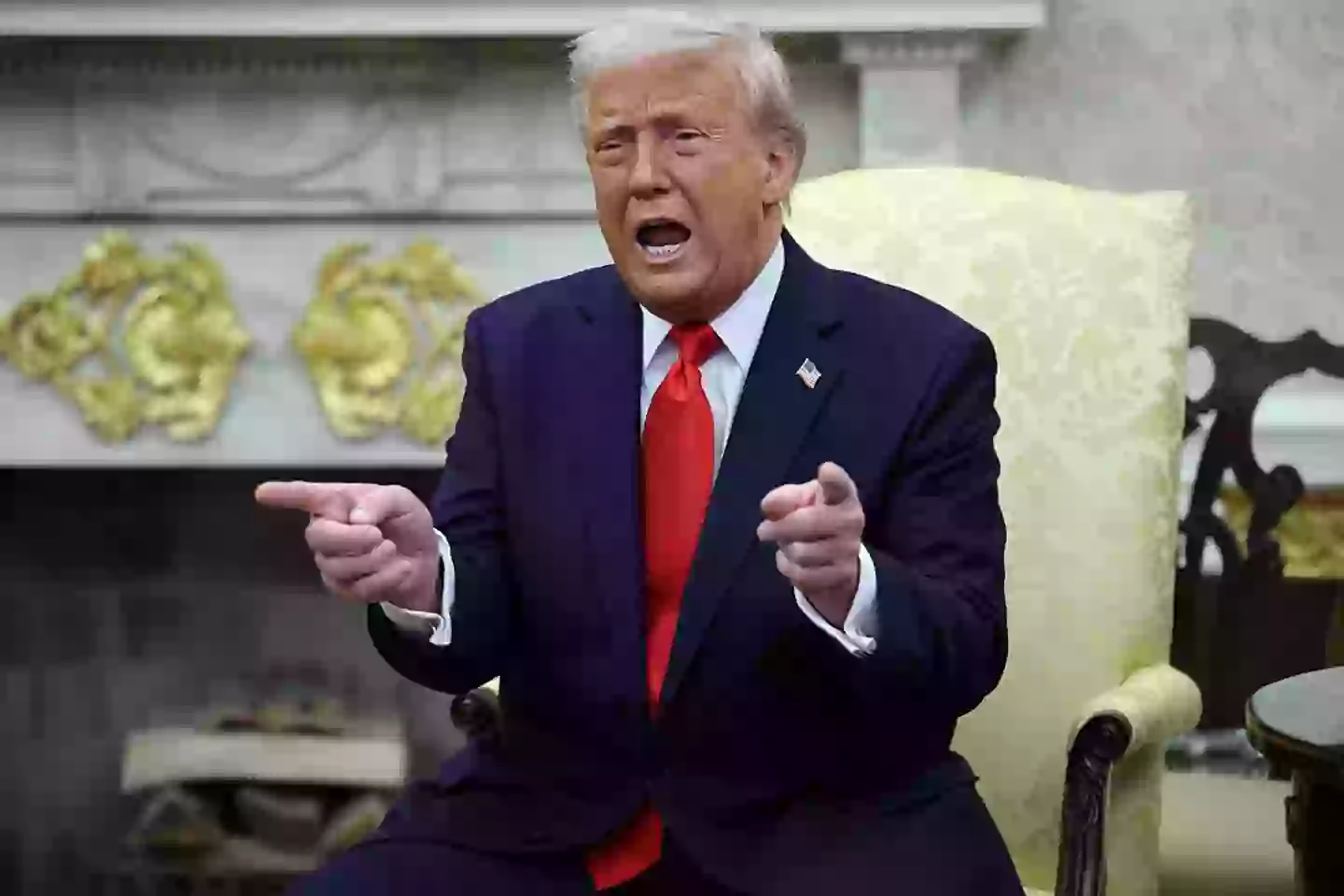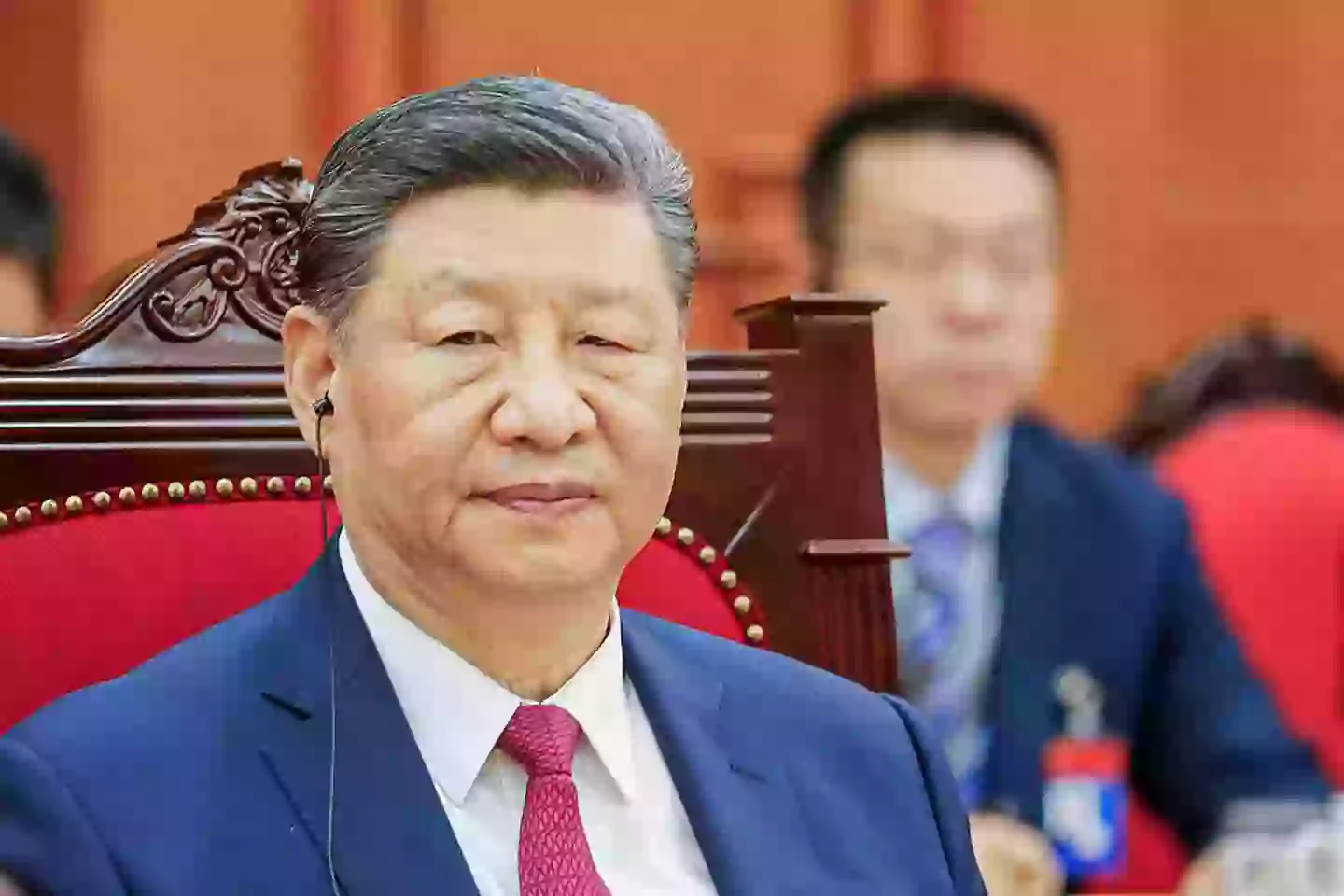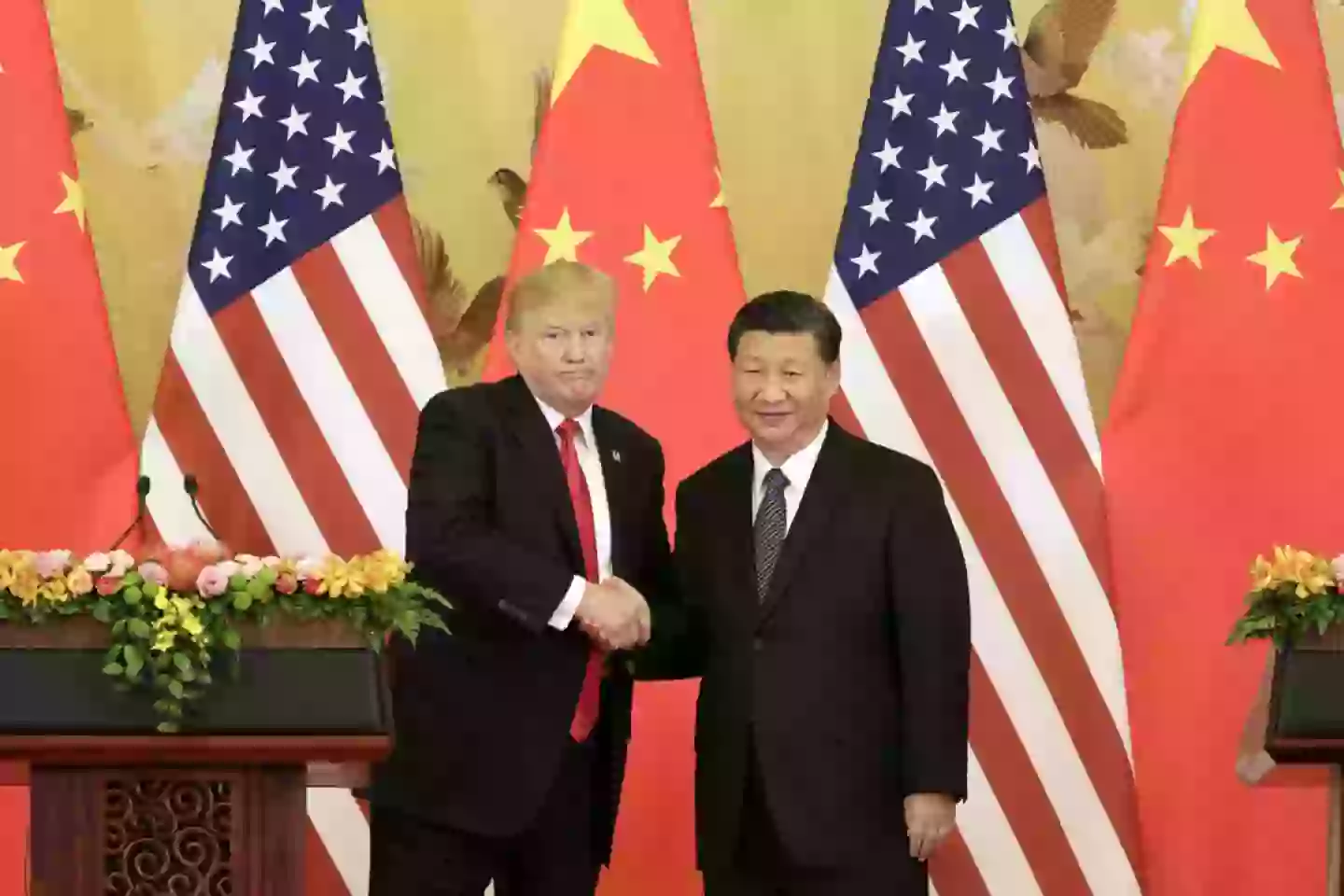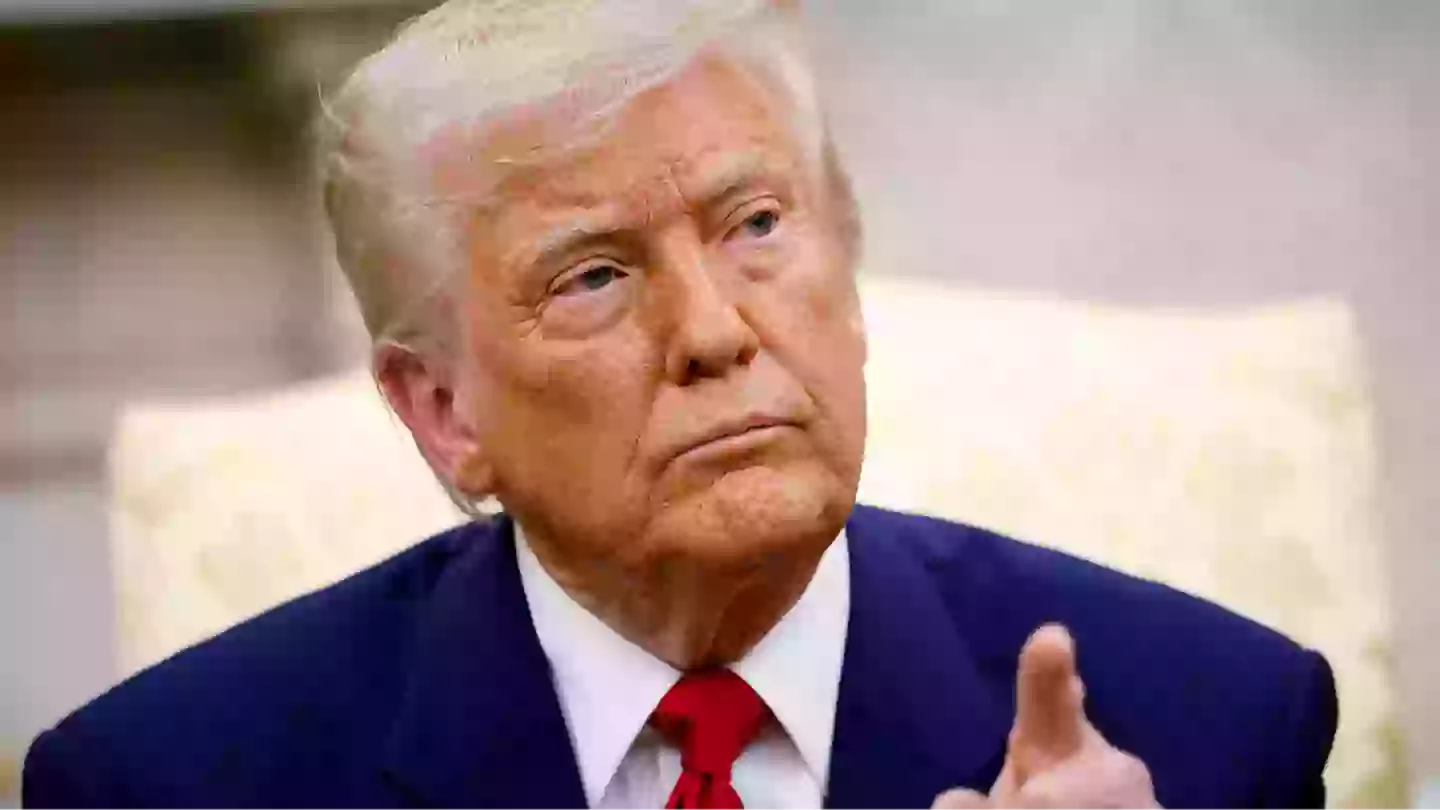The White House recently revealed that tariffs on China have been raised as President Donald Trump enacts changes that were first mentioned on Liberation Day.
This development follows the signing of an executive order by the 78-year-old Republican president, which initiates “an investigation into the national security risks posed by US reliance on imported processed critical minerals and their derivative products,” as of April 15.
The trade conflict between Chinese President Xi Jinping and Trump has intensified, impacting businesses in both countries. These businesses, which rely on each other for supply, are now finding it difficult to maintain their trading relationships.
In recent days, China declared an increase in tariffs on the United States, moving from an additional 84 percent hike to a significant 125 percent.

In describing the U.S. tariffs imposed on China, the White House stated: “This Executive Order builds on previous actions taken by the Trump Administration to ensure U.S. trade policy serves the nation’s long-term interests.”
“On Day One, President Trump initiated his America First Trade Policy to make America’s economy great again. On Liberation Day, President Trump imposed a 10% tariff on all countries and individualized reciprocal higher tariffs on nations with which the U.S. has the largest trade deficits in order to level the playing field and protect America’s national security.”
“More than 75 countries have already reached out to discuss new trade deals. As a result, the individualized higher tariffs are currently paused amid these discussions, except for China, which retaliated.”

The statement added: “China now faces up to a 245% tariff on imports to the United States as a result of its retaliatory actions. President Trump signed proclamations to close existing loopholes and exemptions to restore a true 25% tariff on steel and elevate the tariff to 25% on aluminum.”
“President Trump unveiled the ‘Fair and Reciprocal Plan’ on trade to restore fairness in U.S. trade relationships and counter non-reciprocal trade agreements. President Trump signed a memorandum to safeguard American innovation, including the consideration of tariffs to combat digital service taxes (DSTs), fines, practices, and policies that foreign governments levy on American companies.”

“President Trump signed similar Executive Orders launching investigations into how imports of copper and imports of timber, lumber, and their derivative products threaten America’s national security and economic stability.”
While initiating a trade war globally may seem chaotic, Trump’s strategy appears to aim at establishing fair trade conditions, as many countries impose higher taxes on U.S. imports. This situation concerns everyday Americans.
Trump is optimistic that the pressure from the tariffs will ultimately lead to reduced trade barriers on U.S. goods. He also hopes for an increase in domestic production, which could significantly boost the American economy.
However, as the U.S. holds out for favorable outcomes, it must be prepared for retaliatory tariffs, which may lead to increased costs for American consumers.

